According to the Content Marketing Institute, “content marketing is a marketing technique of creating and distributing relevant and valuable content to attract, acquire and engage a clearly defined and understood target audience—with the objective of driving profitable customer action.”
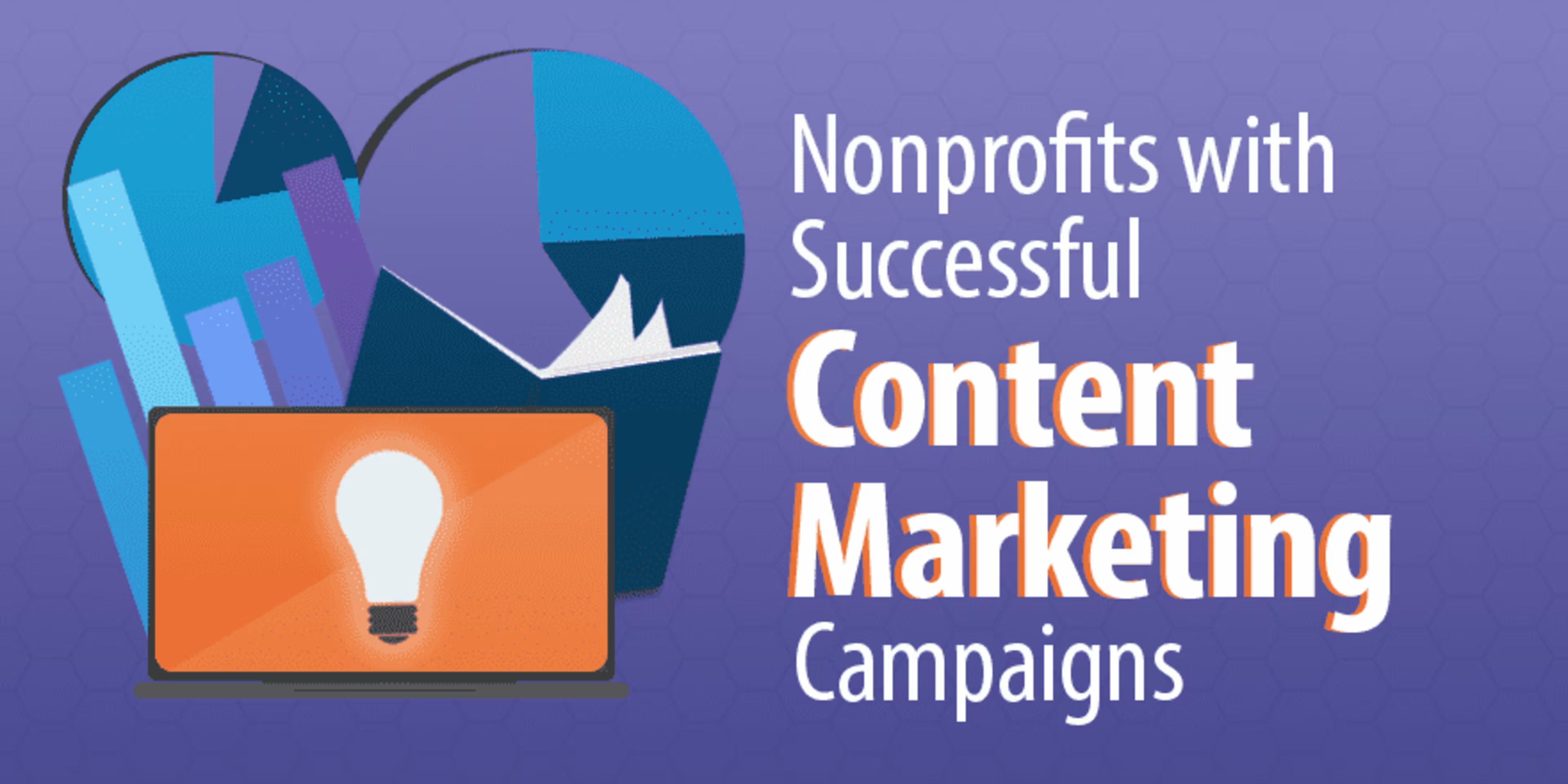
Nonprofits try hard to plan online content to connect with the right audiences. This concept of creating content to engage with your audience is nothing new, but nowadays it is becoming more important to achieving online success.
While 92% of nonprofit professionals use content marketing, just a quarter of those professionals believe they are effective. They reportedly each use, on average, 11 different content marketing tactics, with in-person events, social media, online articles, electronic newsletters, and videos being the most common.
Here are eight nonprofit organizations with thriving content marketing campaigns:
1. March of Dimes
The March of Dimes has been around since 1938. Since then, they’ve helped to save thousands of babies.
There are so many inspirational and life-changing stories that the organization has made public to show how their organization truly makes a difference. In recent years, they chose to go to the Internet and begin content marketing so that people could follow the life of its 2012 national ambassador.
They used a multi-dimensional approach to content marketing: they began to blog, share the story on Facebook , create videos on YouTube, and share announcements on Twitter. This campaign helps to raise awareness and contributes to funding their mission.
By allowing the people they affected to share their stories online, the March of Dimes has created a content strategy that aligns with its mission: ensuring that every single baby gets a good and healthy start in life.

2. Charity: Water:
When charity: water: reached their five-year anniversary, they launched a campaign to thank all their supporters who had helped them to raise the $42 million dollars they needed to begin 4,282 water projects to 2 million people in need.
True, the idea of thanking supporters is not new for any non-profit, but charity: water: did things a little bit differently. They created an online video to thank their supporters and empowered their staff to be creative.
When you find new ways to do things that have been done over and over and find different methods of delivering traditional forms of content, you are marking something new in the age of content marketing. It also creates content that lasts a long time for your organization.
Charity: Water: gave their staff the freedom and ability to publish content that would connect them to their supporters. Their anniversary videos encouraged people to start their own campaigns—100% of what they raised or gave towards the September Campaign would help them to buy a new drilling rig fleet that would provide clean water for 40,000 more people each year in Northern Ethiopia. They raised over $1.2M and were able to buy two drilling rigs.
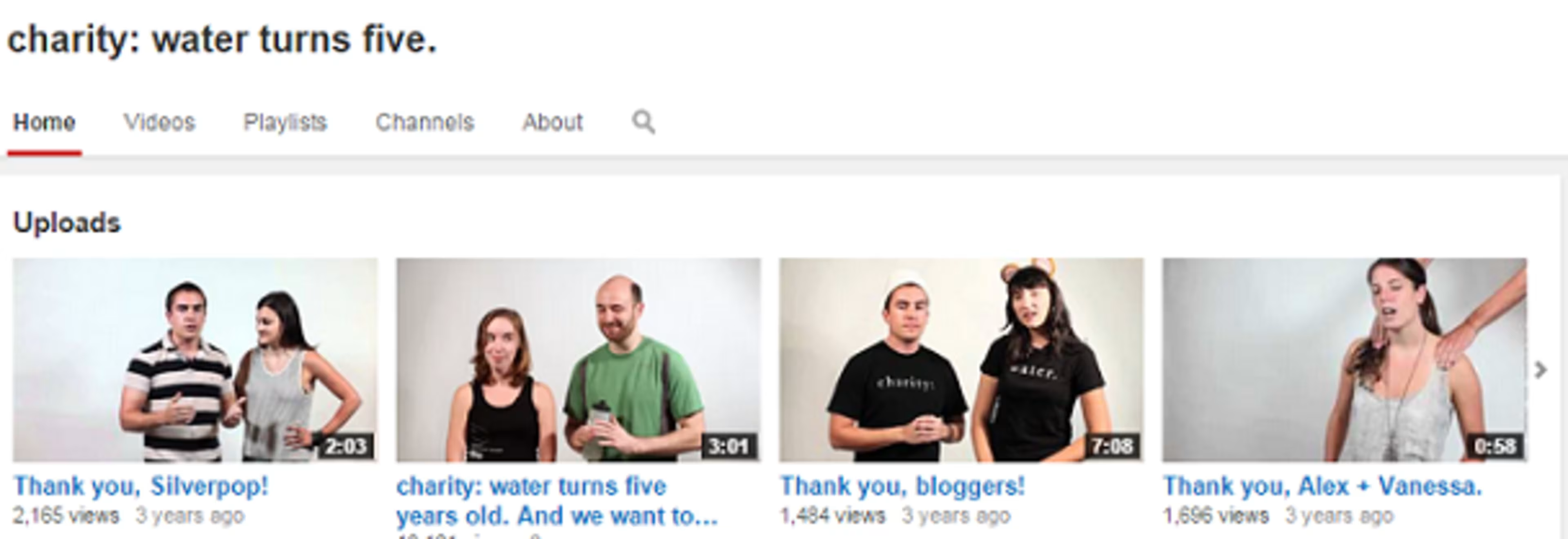
3. Big Brothers Big Sisters
For over 100 years, Big Brothers Big Sisters of America has been doing amazing work. Content marketing is not new for this organization, but their staff has combined content with social media to make sure that the online world can feel their presence and stay informed about their work.
Big Brothers Big Sisters started to leverage video to tell their story by the Start Something Web Series. This web series really emphasizes the impact that “bigs” have on “littles.” Those who participated shared their stories through videos that they published to Big Brothers Big Sisters’ YouTube channel. The stories then spread through Facebook and website shares.
In the fourth episode you can meet Kyhron and Dan to see how Big Brothers Big Sisters of America is effectively using content marketing. Almost every episode has over 5,000 views.
Big Brothers Big Sisters of America really discovered how to turn the specific ways their organization was changing the world into great content that they could use online to promote their cause.
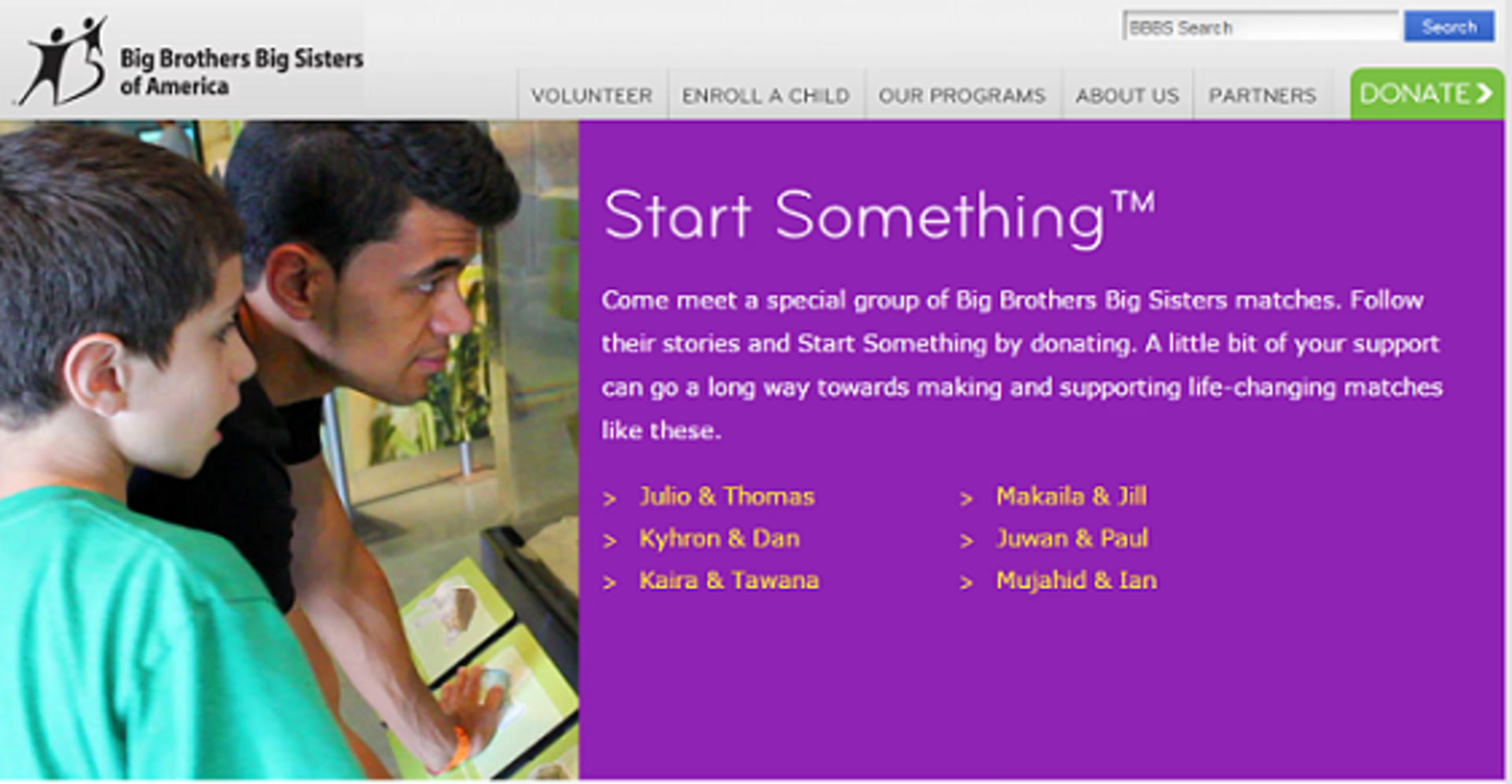
4. Best Friends
The Best Friends Animal Society is an organization that helps to place dogs and cats that people consider “unadoptable” into loving homes. The organization has been doing its good work since 1984, and has been able to stick to their mission by the Invisible Dogs Campaign.
The Invisible Dogs Campaign has a goal of finding every pet a home. Best Friends Animal Society employed the power of user-generated content, easily created through and iPhone and Android mobile app, to do this. My Dog ID allows you to take pictures of yourself, and then uses facial recognition to find your dog match for you. The app encourages users to share their photo matches on Twitter, Facebook, and also on Best Friend’s user-generated Dog Wall.
Best Friends Animal Society truly mobilized those who were passionate about their cause by giving them engaging and entertaining opportunities. They made their organization easily searchable by using the same hashtag, provided a location for people to write their own personal testimonials about their experiences with the Best Friend Society, and by providing people with the option to donate online, received 1,758 online donations.
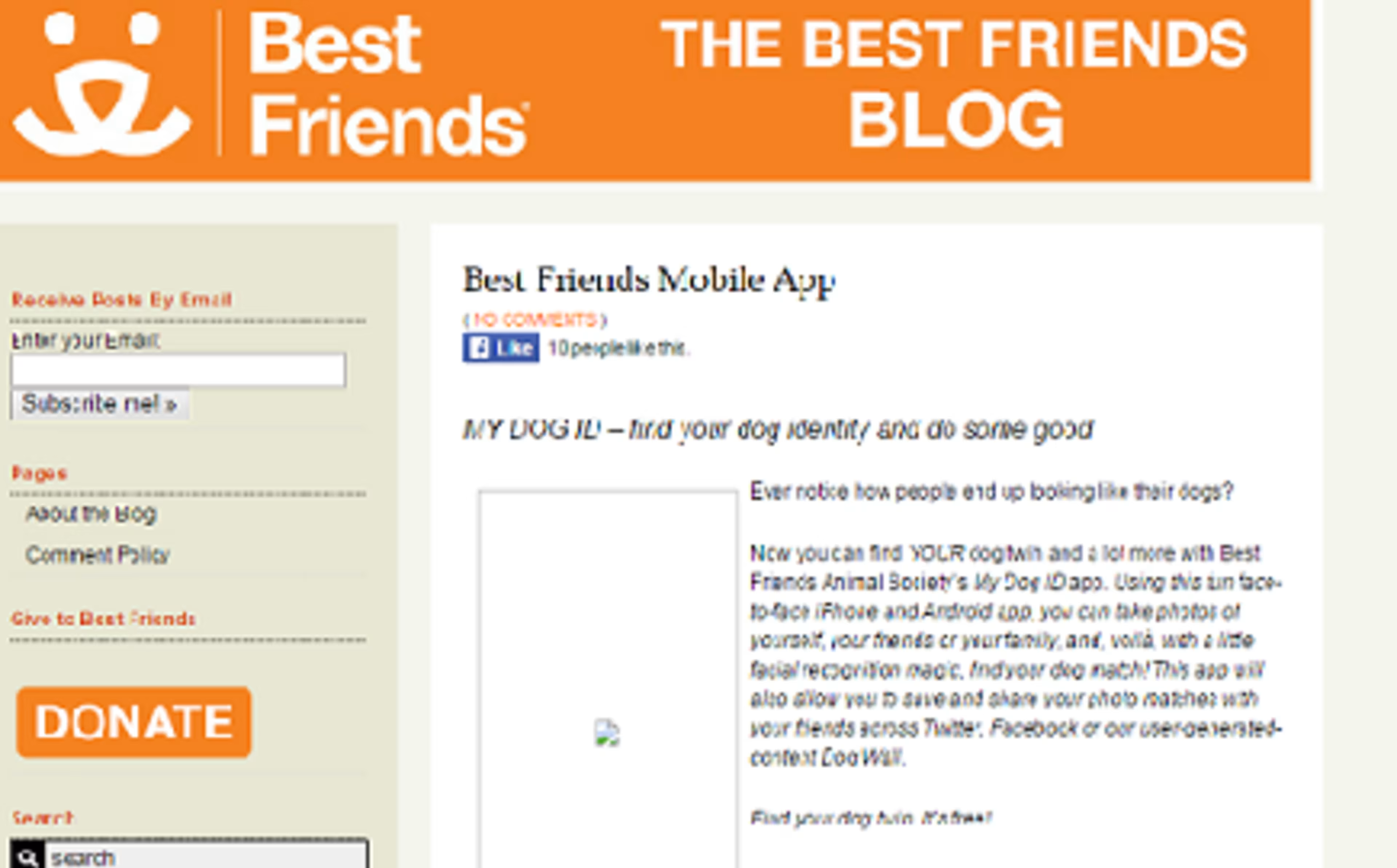
5. Make-A-Wish
The Make-A-Wish Foundation, founded in 1980 by helping one boy become a police officer, now grants a new child’s wish in the United States every 40 minutes.
Make-A-Wish has introduced children to Michael Jordan, let them record professional music videos, and helped them travel internationally. All of these unique and personal stories provide material for really great content, and this organization has found a way to bring that content online.
Make-A-Wish shares all its video wishes on their YouTube channel, publishes all granted wishes on their website, and also shares content on Facebook and Twitter. In doing so, Make-A-Wish has put its brand on the web for the world to interact with. You can view the results here.
The Make-A-Wish Foundation stayed true to its brand, but also found many new and inspiring ways to show the world its mission.
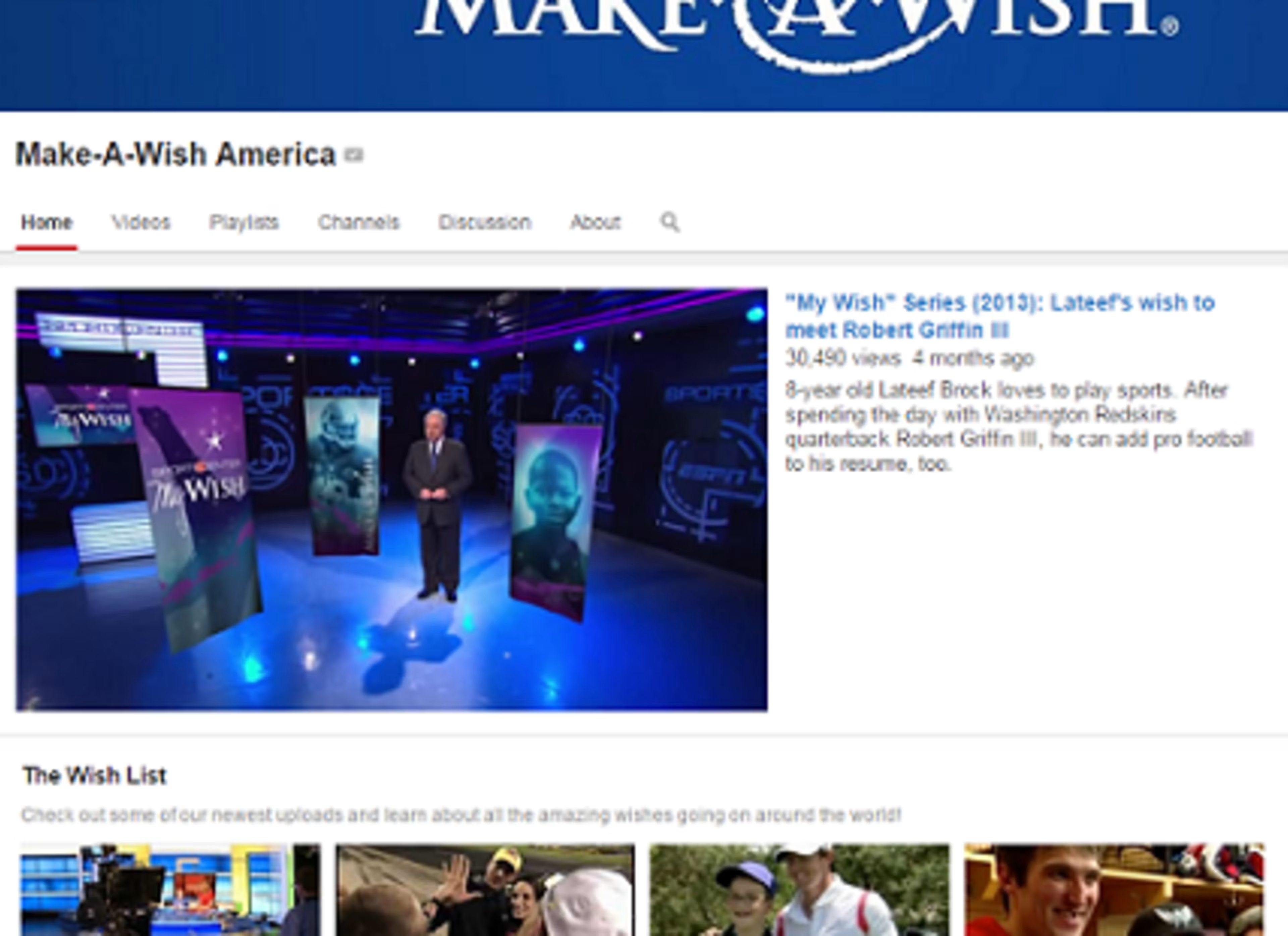
6. Social Tees Animal Rescue (addition)
Would you “swipe right” to give a puppy a home?
Social Tees Animal Rescue, a New York based animal rescue organization, turned to the famous dating app, Tinder, as inspiration to help match up adorable dogs with potential loving owners in New York City. Not only did they create Youtube videos to post on social media, this creative group turned the social media itself into the content.
While the campaign, known as “Puppy Love,” wasn’t conducted with the official cooperation of Tinder, it’s hard to imagine dating app giant is against helping abandoned dogs find loving homes.
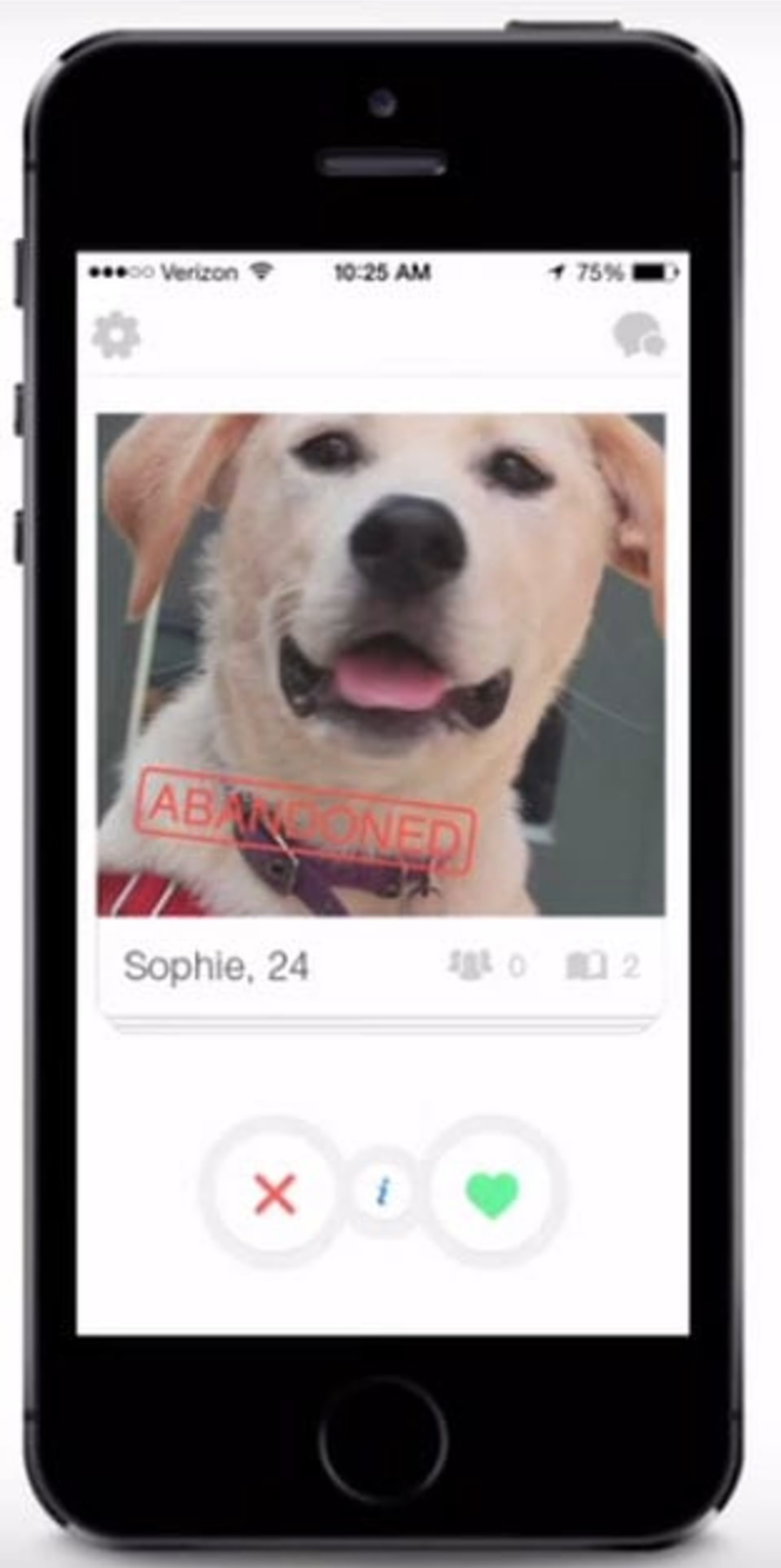
As the campaign development manager, Samantha Brody put it, “I have no idea how Tinder would react but I would hope they would appreciate the creativity attempt to draw more attention to animal rescue, which saves more lives.”
The animal rescue industry has been around for quite some time, but as Social Tees proved, you can teach an old dog new tricks in content marketing!
7. WaterAid (Addition)
I put a premium on new and creative ways to engage in content marketing, and just like Social Tees, WaterAid embraced an unorthodox content marketing strategy that is still working for them to this day!
Their initiative known as “The Big Dig” not only utilized their Youtube channel and blog to push their content as a way to draw donors, but also took to Instagram to document their progress in bringing clean water to Malawi.
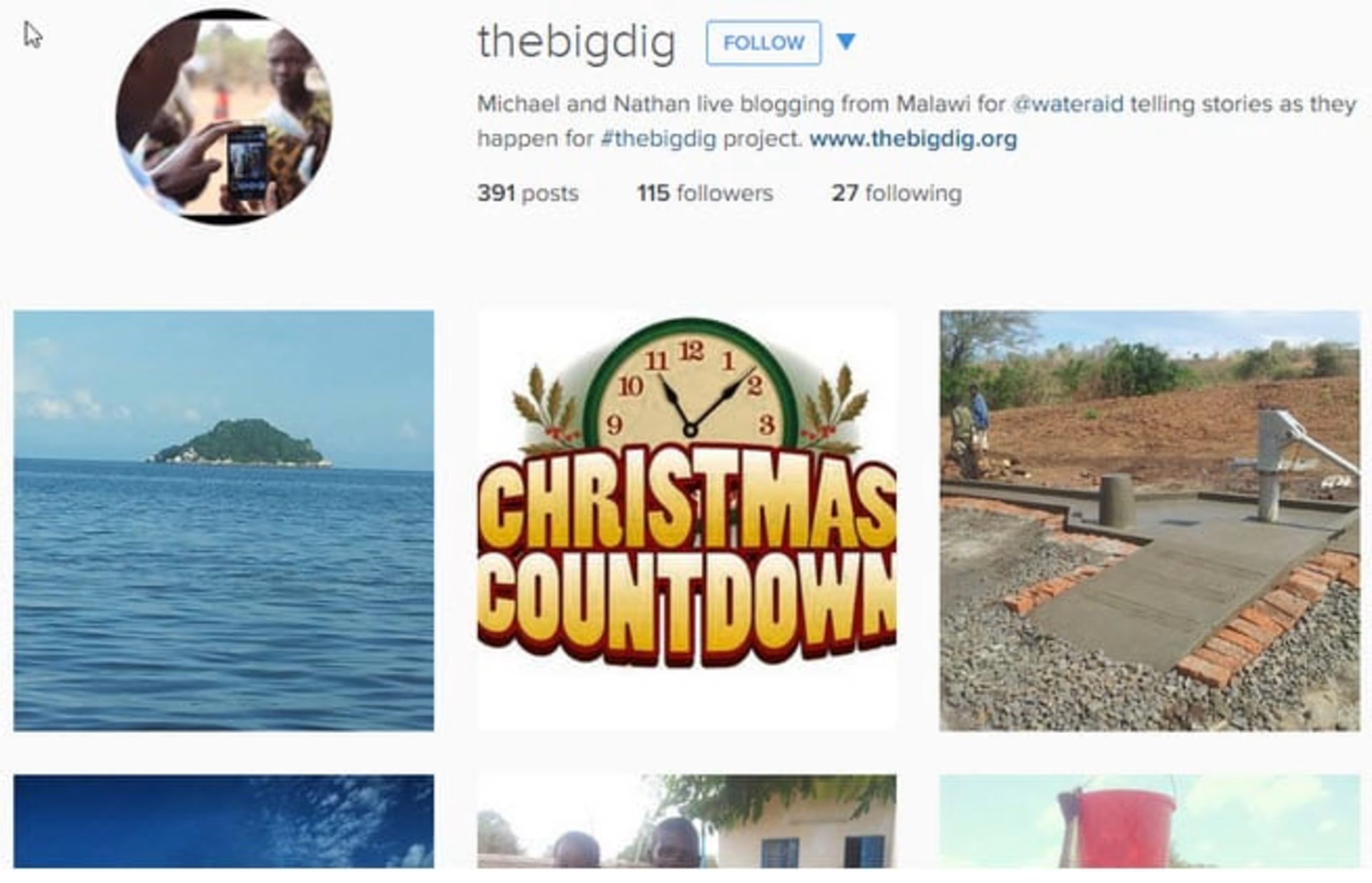
Their photo diary of progress on “@thebigdig” gave WaterAid the opportunity to reach millions of Instagram users through photos and hashtags which prompt the viewers to either donate resources or money.In the case of WaterAid and The Big Dig, traditional content marketing such as blogging, tweeting, and Facebook posting are now being combined with new strategies to bring in new audiences.
8. Department of Health: The Awkward Conversations Project
While the Department of Health is not what you would consider a traditional nonprofit organization, other orgs could learn a thing or two from their YouTube content campaign, The Awkward Conversations Project.
The Department of Health commissioned the help of many influential YouTube vloggers to make videos based on awkward topics for teenagers, such as sex, drinking, and other ways to lead a healthy lifestyle.
According to EConsultancy, the DOH campaign met some staggering results:
The ten videos were watched almost four million times (3,974,897 views).
They achieved 135,707 YouTube likes, only 1,740 dislikes (according to average YouTube engagement rates, the average number of dislikes for this video would have been around 9,945 dislikes)
A 7.4% click-through rate for a pre-roll campaign (vs.YouTube’s 1.5% benchmark).
All videos featured in the top-50 most-liked videos on YouTube on the day of upload.
The lesson is to reach out to influencers for help with your content. We can’t all be content geniuses all of the time, so when those moments of creative juices aren’t flowing, you know it’s time to bring in some help.
Need more nonprofit content marketing help? We’ve got you covered!
Here on the Capterra blog, we have plenty of resources to make sure your content campaigns and other nonprofit campaigns are in shape!
Want to learn about hiring a digital marketing agency for your nonprofit? Our list of the top digital marketing agencies and their features will help you narrow your search. Read more in Capterra’s digital marketing agencies hiring guide.